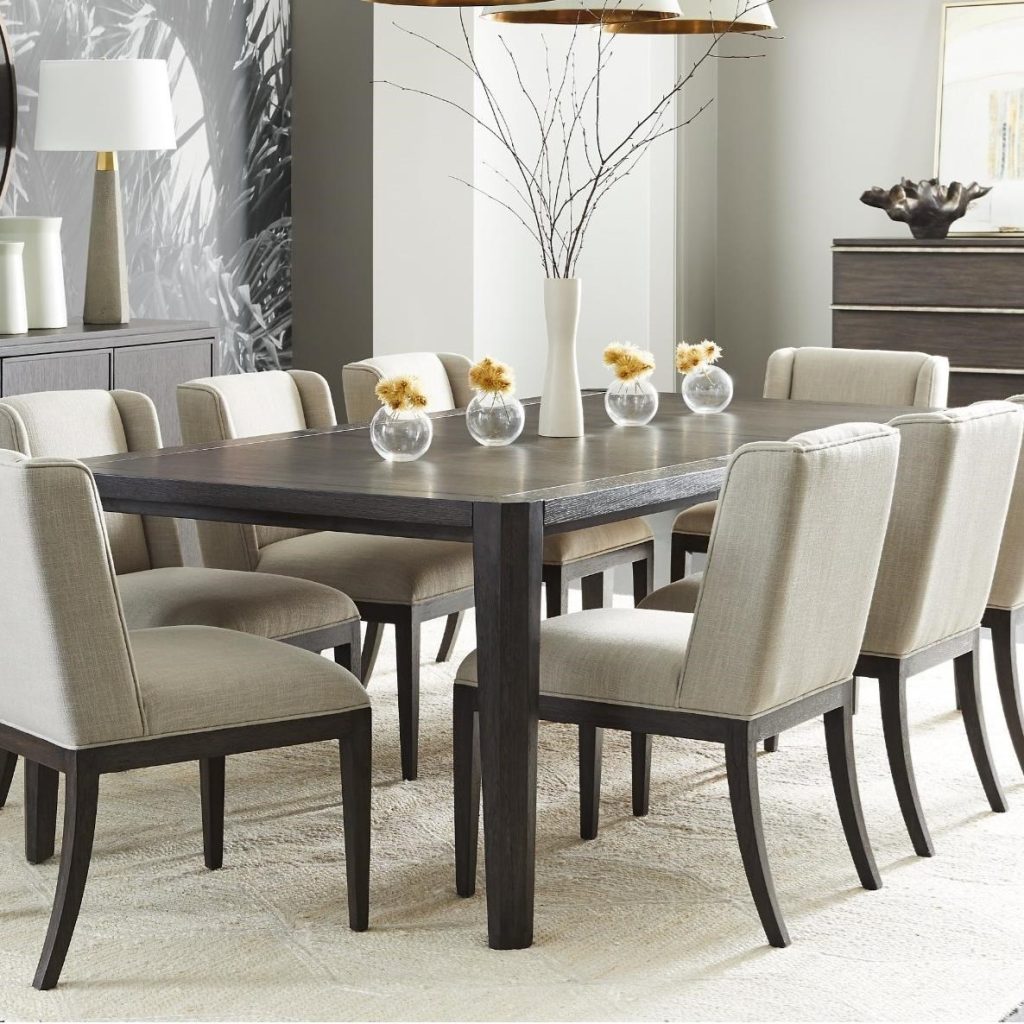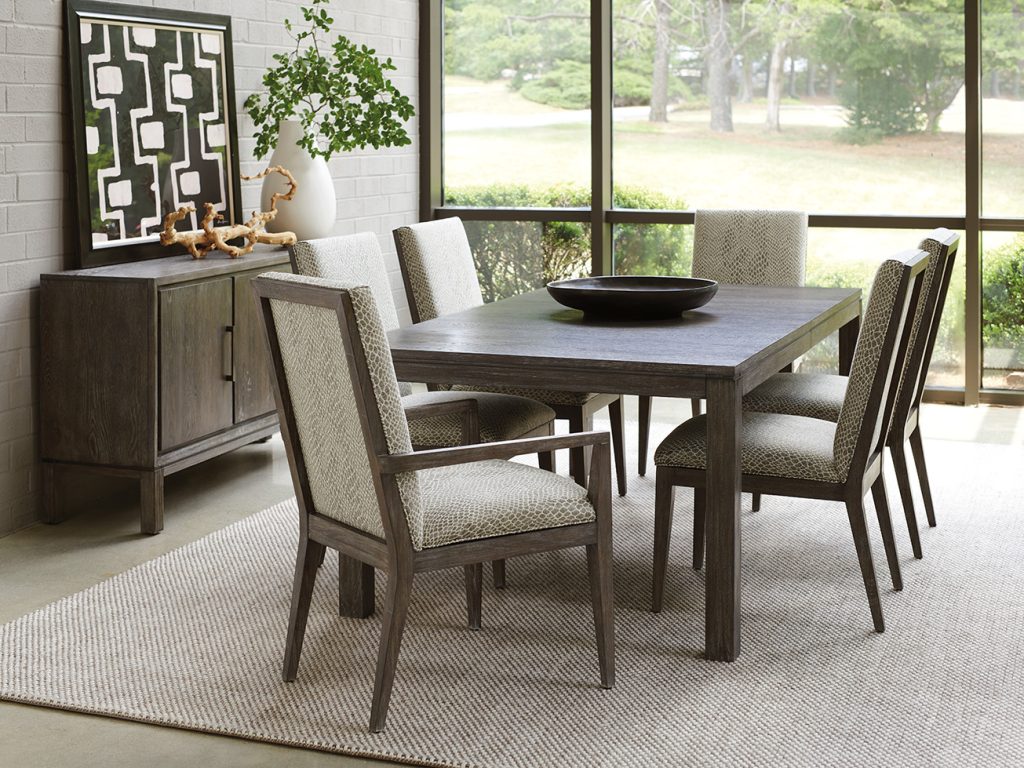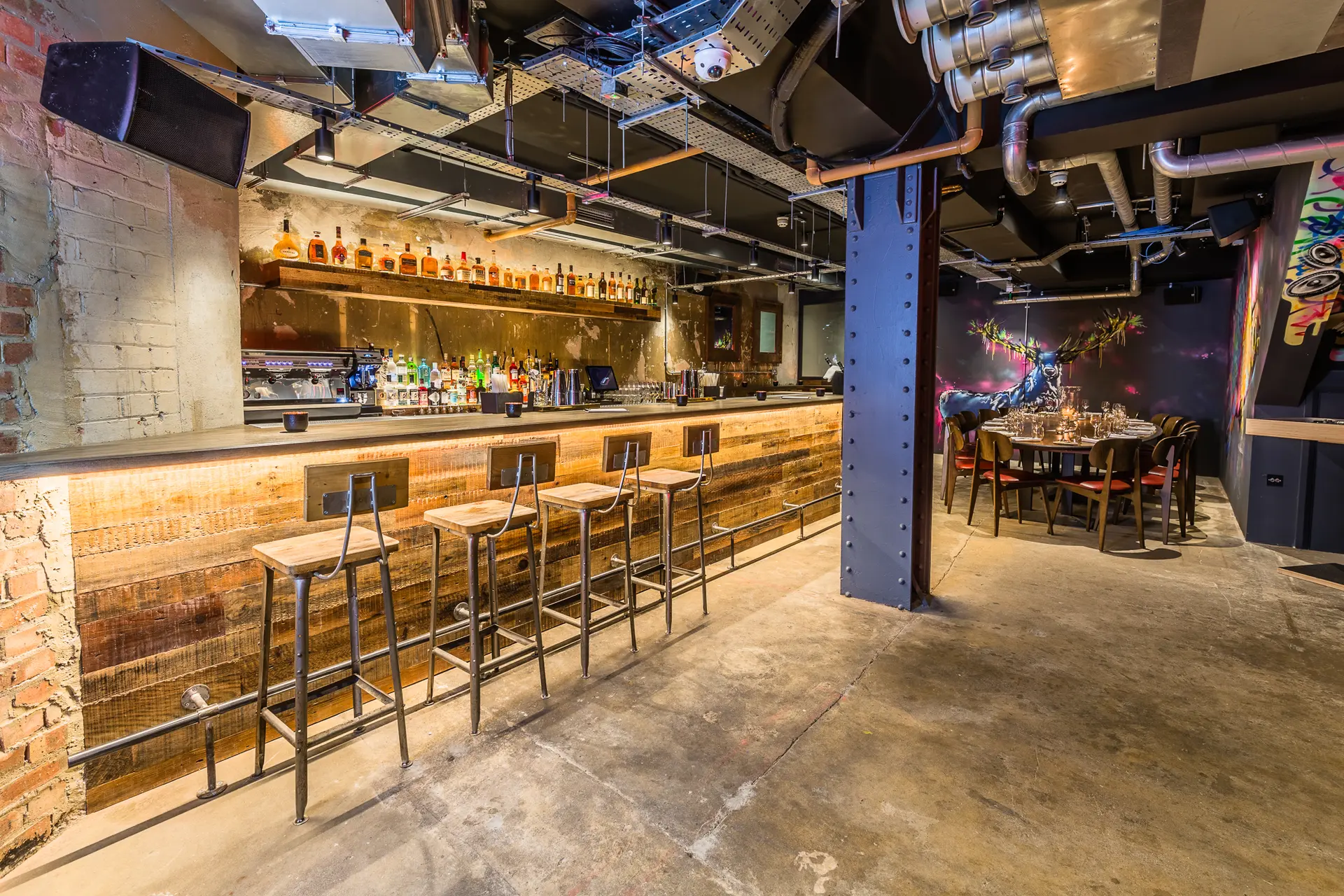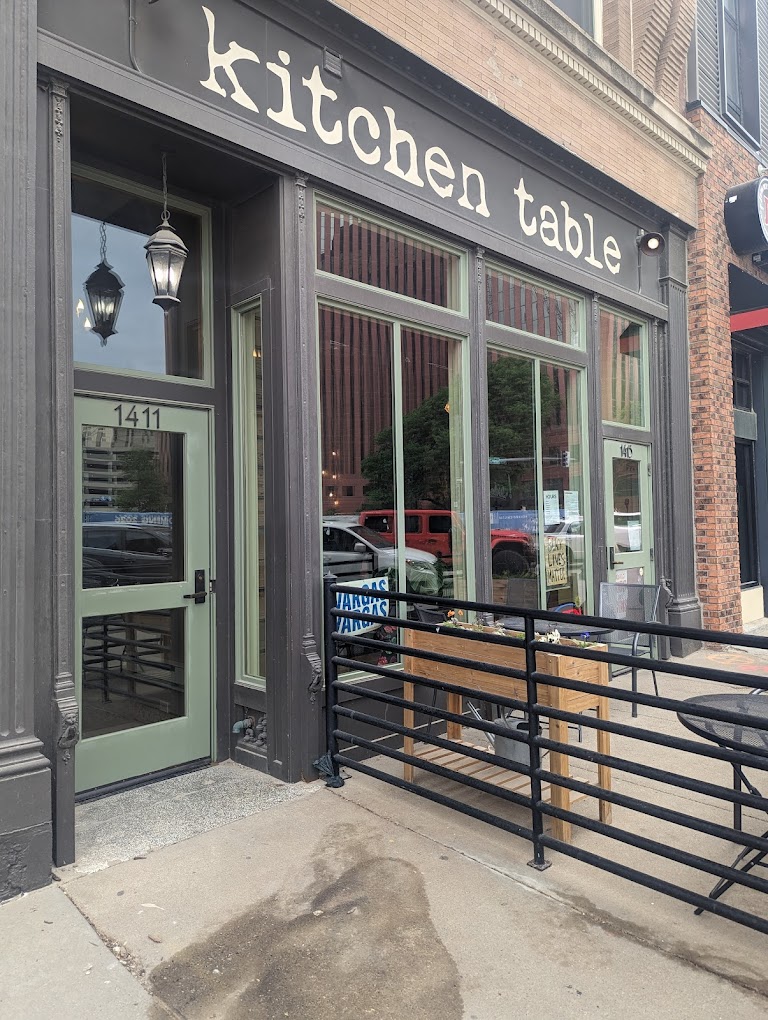Choosing just the right square rug dimensions to anchor your square dining table requires careful consideration of room size, table measurements, seating needs, and arrangement. Follow this comprehensive guide to select a rug size that defines your space functionally and aesthetically.

Take Precise Table Measurements
Start by measuring the length of each side of your square dining table to determine a minimum rug size.
Tabletop Size
Measure the precise side length of the square tabletop including any built-in extension leaves when folded down.
Base Measurements
Account for the amount of floorspace occupied by the bases, legs, or pedestals, which expand the total footprint.
Irregular Shapes
For uniquely shaped tables, sketch the footprint to scale on grid paper and calculate overall dimensions.
Calculate Chair Clearance
The rug must extend well beyond the table perimeter to allow ample chair clearance.
Arm Chair Clearance
Arm chairs require the most room since arms extend out far when pulled away from the table. Allow 16-24 inches of bare floor.
Bench Seating Clearance
Continuous benches need slightly less clearance – plan for 12-16 inches of floor space showing beyond the rug edge.
Stackable Chair Clearance
Light, stackable chairs require the least clearance since they don’t pull out much. 6-12 inches of floor space is sufficient.
Push Out Space
Be sure to allow ample room for diners to push back and stand up without tipping over. 12+ inches provides a good buffer.
Determine Overall Zone Size
Decide if the rug should tightly define just the table setting or a larger dining/entertaining zone.
Tight to Table
Sizing just 12-24 inches past the table perimeter nicely defines the immediate dining surface while maximizing surrounding floor space.
Expanded Dining Area
In open floor plans or large spaces, sizing up the rug can create a more expansive dining and mingling area.
Small Eating Area
Take care not to overwhelm a small eating area with an oversized rug. Containing tighter to the table is best.
Nearby Furniture
Account for any nearby furniture or circulation routes that may conflict with extending the rug too far.
Maintain Pleasant Proportions
Choose a rug size in proportion to the overall room size for visual harmony.
Too Small
Avoid a rug that looks undersized and insubstantial relative to all the hard floor space surrounding it.
Too Large
Conversely, an oversized rug can appear awkwardly hulking and out of sync with the rest of the layout.
Balanced Footprint
Ideally, the rug footprint should harmonize with and balance the bare floor space left around it.

Consider Nearby Furniture Layout
Factor in any furniture pieces or traffic patterns bordering the dining area when determining rug size.
Buffets & Hutches
Allow several inches between the rug edge and any nearby cabinets, hutches, or sideboards. But don’t over-size if it leaves slivers of bare floor.
Traffic Lanes
Avoid sizing the rug overly large if it will interfere with major room traffic lanes. Contain tighter to table.
Built-In Bars
If the dining area is bordered by fixed built-in bars or cabinetry, choose a rug size that complements their boundaries.
Compare Square vs. Rectangle Shape
While square rugs naturally complement square tables, rectangular rugs can also work beautifully.
Mirroring Square Shape
A square rug neatly mirrors the outline of a square tabletop to create a cohesive framed effect.
Anchoring Chairs
A rectangular rug positioned parallel to table length can help anchor chairs on both ends nicely.
Typical Size Ranges
To summarize typical size ranges:
- 4′ to 6′ square rugs work well for 2-4 person bistro tables.
- 6′ to 8′ square rugs accommodate average 6-8 person dining tables.
- 8′ to 10′ square rugs suit generously sized 10+ person dining tables.
But your ideal dimensions ultimately depend on your unique furniture, seating needs and room layout. Just allow ample functional space while keeping proportions pleasing.










